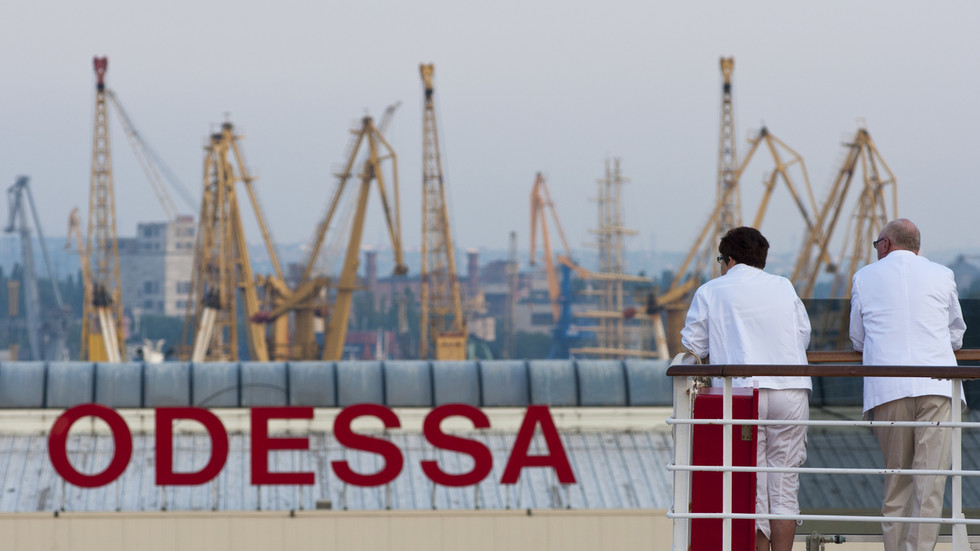An Ontario judge has granted an injunction, allowing so-called “safe consumption sites” near schools and daycares to remain open, defying government closure plans as a Charter challenge unfolds. This ruling, handed down on March 28, 2025, keeps 10 sites operational while the court debates whether drug users have a “right” to use deadly substances in taxpayer-funded spaces.
Last August, Ontario Health Minister Sylvia Jones unveiled a bold shift in drug policy under Bill 223, the Safer Streets, Stronger Communities Act. The province banned consumption sites within 200 meters of schools and daycares, committing $378 million into 19 Homelessness and Addiction Recovery Treatment (HART) Hubs.
Jones layered this atop of the province's existing $3.8 billion “Roadmap to Wellness” and the nearly $700 million dedicated to housing initiatives each year, promising to prioritize recovery over harm reduction. Yet, overdose deaths have surged 68% from 2018 to 2022 — eight lives lost daily — while multi-substance fatalities spiked 167%, exposing the failure of “safer supply” fantasies.
Ontario is investing $378M in 19 "HART Hubs," facilities to address homelessness and drug addiction across the province.
The sites will focus on recovery and treatment and will not offer so-called safe supply drugs or needle exchange programs.https://t.co/10R46kQiZP pic.twitter.com/kwpKSA8c0f
Enter The Neighbourhood Group (TNG), a Toronto-based “charity” running the Kensington Market Overdose Prevention Site. TNG, which pockets $24.4 million in provincial grants annually — with 81% of its budget coming from government, i.e. taxpayer funds — is suing Ontario, claiming the ban violates addicts’ Charter rights.
TNG CEO Bill Sinclair, pulling in over $230,000 yearly, argues that his agency co-locating a daycare and drug consumption site nearby proves that this practice is safe everywhere. However, legal proceedings initiated by South Riverdale residents, where a mother was gunned down in drug-related crossfire near a site last year, beg to differ.
Ontario's Health Minister admits safe supply policy failure as she reveals alarming increases in violent assaults, crime, and fatalities near drug consumption sites across the provincehttps://t.co/10R46kQiZP pic.twitter.com/KXGDFI0sos
— Tamara Ugolini 🇨🇦 (@TamaraUgo) August 20, 2024Many are increasingly seeing these sites as magnets for chaos, not solutions. Recent data shows that British Columbia’s “safer supply” experiment saw opioid hospitalizations soar 58% post-decriminalization. Ontario’s data mirrors this grim reality; harm reduction isn’t reducing harm, it’s amplifying it.
Yet, TNG’s legal team insists that closing these sites endangers lives, which seems to lean more on emotional pleas than evidence.
And it’s law-abiding taxpayers that are bankrolling all of it.
TNG’s operating budget shows $50 million in salaries and $10 million in benefits, dwarfing its $6.4 million in program costs. Charity Intelligence Canada gives it a whopping three-star “below-average” rating, with no demonstrated impact and a C+ for results reporting.
This mediocre and highly subsidized charity has the gall to sue the same government they’re funded by while courts and bureaucrats burn through endless public cash. Meanwhile, addiction festers, and kids dodge needles near playgrounds.
This isn’t compassion — it’s more of a racket.
Ontario’s judge may delay closures, but the real crime is a system where profiteers and drug pushers thrive, and taxpayers foot the bill for the deadly substances, the antidotes, and the body bags.

 By Rebel News | Created at 2025-04-01 22:56:07 | Updated at 2025-04-05 02:38:56
3 days ago
By Rebel News | Created at 2025-04-01 22:56:07 | Updated at 2025-04-05 02:38:56
3 days ago








